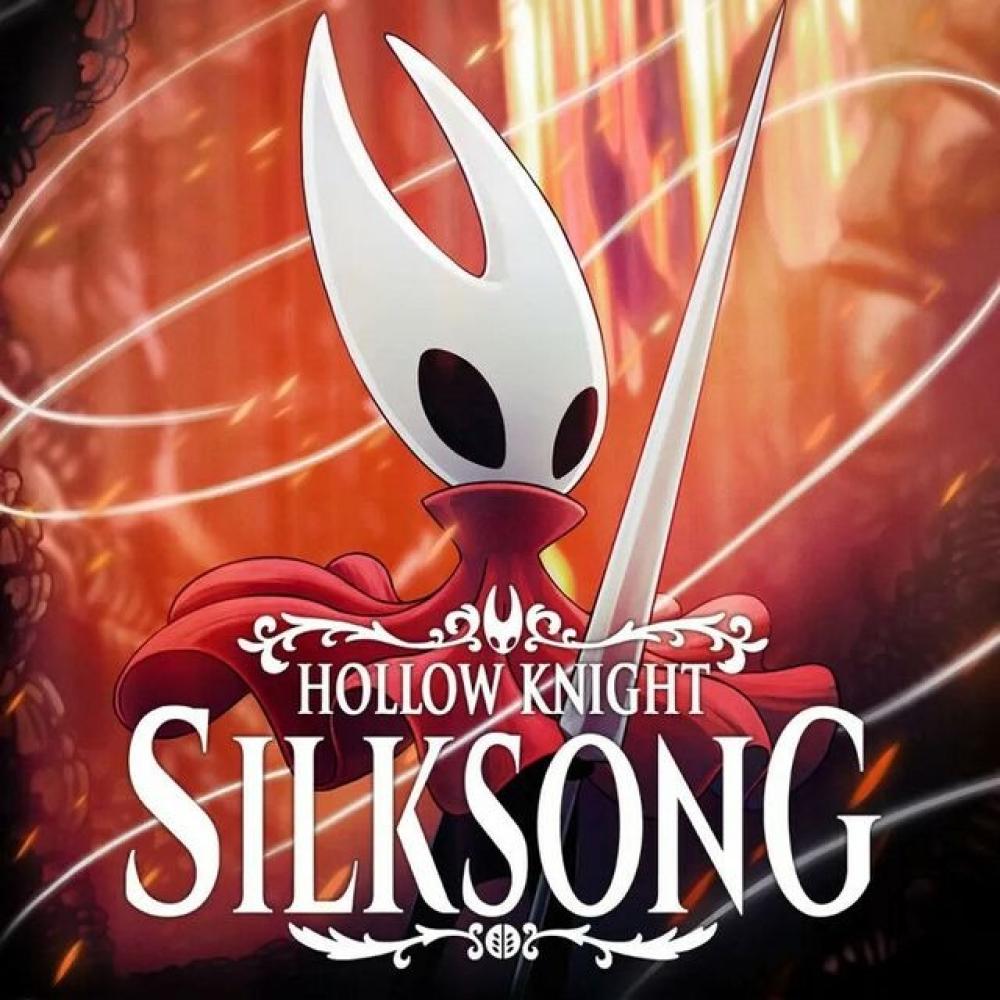How Hollow Knight: Silksong Crashed Steam Servers and Rocketed to the Top
The Anticipation
After nearly seven years of buildup since its announcement in early 2019, Hollow Knight: Silksong finally released on September 4, 2025 across multiple platforms including Steam, Nintendo eShop, PlayStation Store, and Xbox storefronts. During that long wait, it amassed over 5 million Steam wishlists, making it the most "wish-listed" game on the platform at the time.
The Launch Frenzy
The launch wasn’t just highly anticipated—it was an event. At 7:00 AM Pacific Time / 4:00 PM CEST on September 4, the game went live—and so did the chaos. Almost immediately, Steam’s storefront buckled under the weight of the traffic, spitting back E502 L3 errors, a telltale sign of server overload. Reports indicated the crash happened in as little as 30 seconds.
Widespread Outages
It's not just Steam—Nintendo eShop, PlayStation Store, and Xbox Store (including Game Pass) all reportedly suffered outages or errors within moments of launch. Thousands of frustrated fans flooded social media and outage trackers with error reports.
The Numbers That Shattered Records
Despite—or perhaps because of—the chaos, Silksong drew massive numbers of players within hours:
- Within 45 minutes, it surpassed 100,000 concurrent players on Steam.
- By the two-hour mark, concurrent users swelled to approximately 111,873, breaking the original Hollow Knight’s previous record of 72,916.
- In the first 4 hours, SteamDB recorded over 500,000 concurrent players, propelling Silksong into the top 20 highest concurrent peaks in Steam history.
- The climb was meteoric: 156,271 → 245,587 → 382,195 → 478k → 534,450 by early afternoon.
- At its height, peaks of over 562,000 concurrent players were recorded, with counts not dipping below 300k afterward.
These figures were unprecedented for an indie title, rivaling even blockbuster releases in terms of simultaneous users.
Why Did This Happen?
1. Half-a-Decade of Hype
After the original Hollow Knight quietly amassed a dedicated following post-release, fans had years of anticipation building—and Silksong’s announcement, delayed timelines, and near-total silence fueled an almost cult-like excitement.
2. No Preorders or Early Access
Team Cherry opted not to allow pre-orders or pre-installs, meaning everyone—at the same moment—tried to access the store pages upon release. The lack of preloading added pressure to Steam and other storefronts.
3. Accessible Pricing
Priced at around $20, Silksong was accessible—yet poised for a massive launch. Analysts speculated that, although the game could have easily merited a $60 tag, its lower price expanded its immediate reach and appeal.
4. Indie Phenomenon with Serious Reach
Despite being an indie project by a small team, the game’s genre (Metroidvania), legacy, and quality positioned it to compete with AAA launches—and it delivered, both in reach and in numbers.
The Aftermath
After struggling for a few hours, many storefronts recovered—at least partially. Checkouts resumed on Steam, though some lingering issues remained during intense traffic spikes. The media hailed it as one of the greatest indie launches ever, with Silksong topping charts and reaffirming the cultural power of passionate gaming communities.

